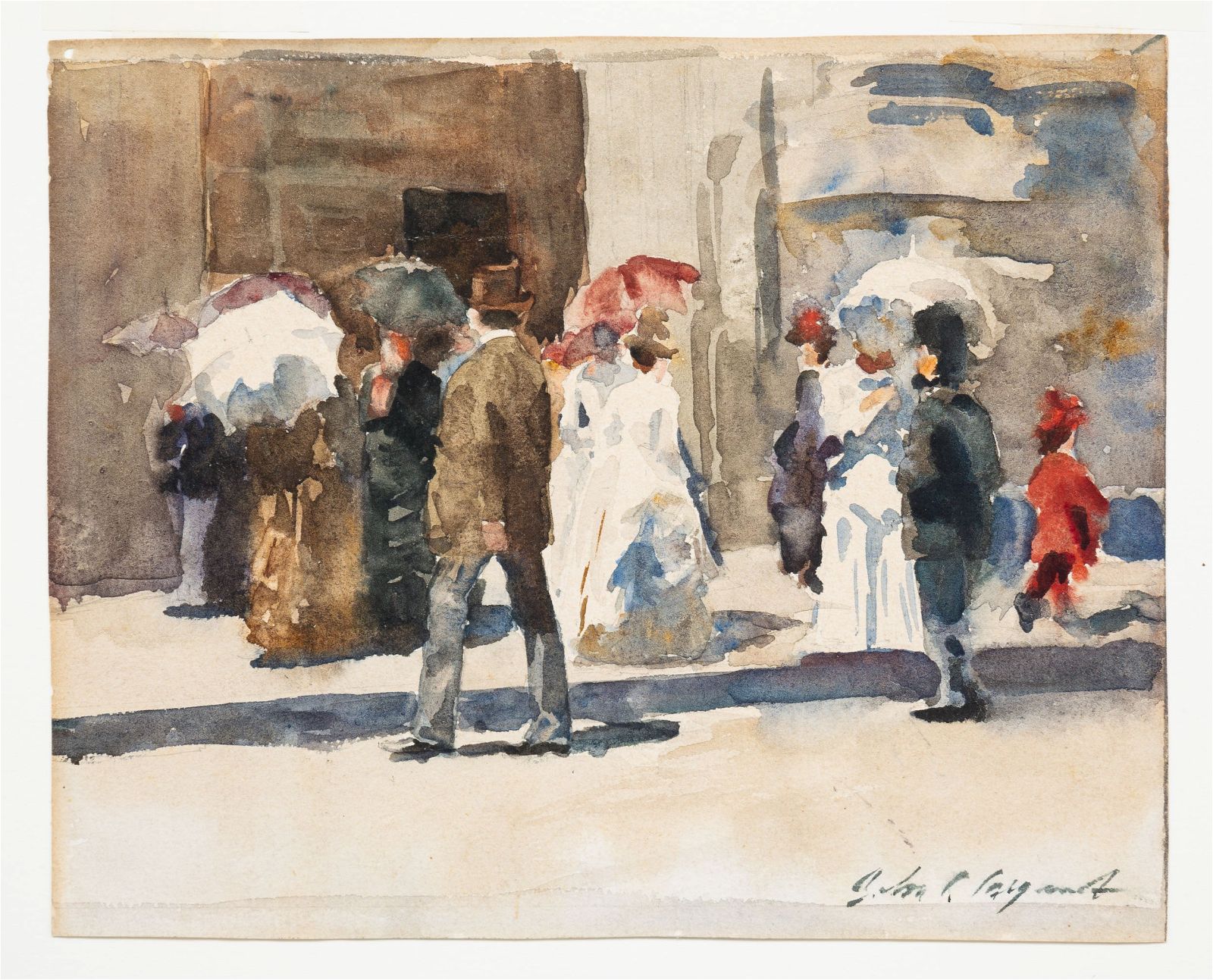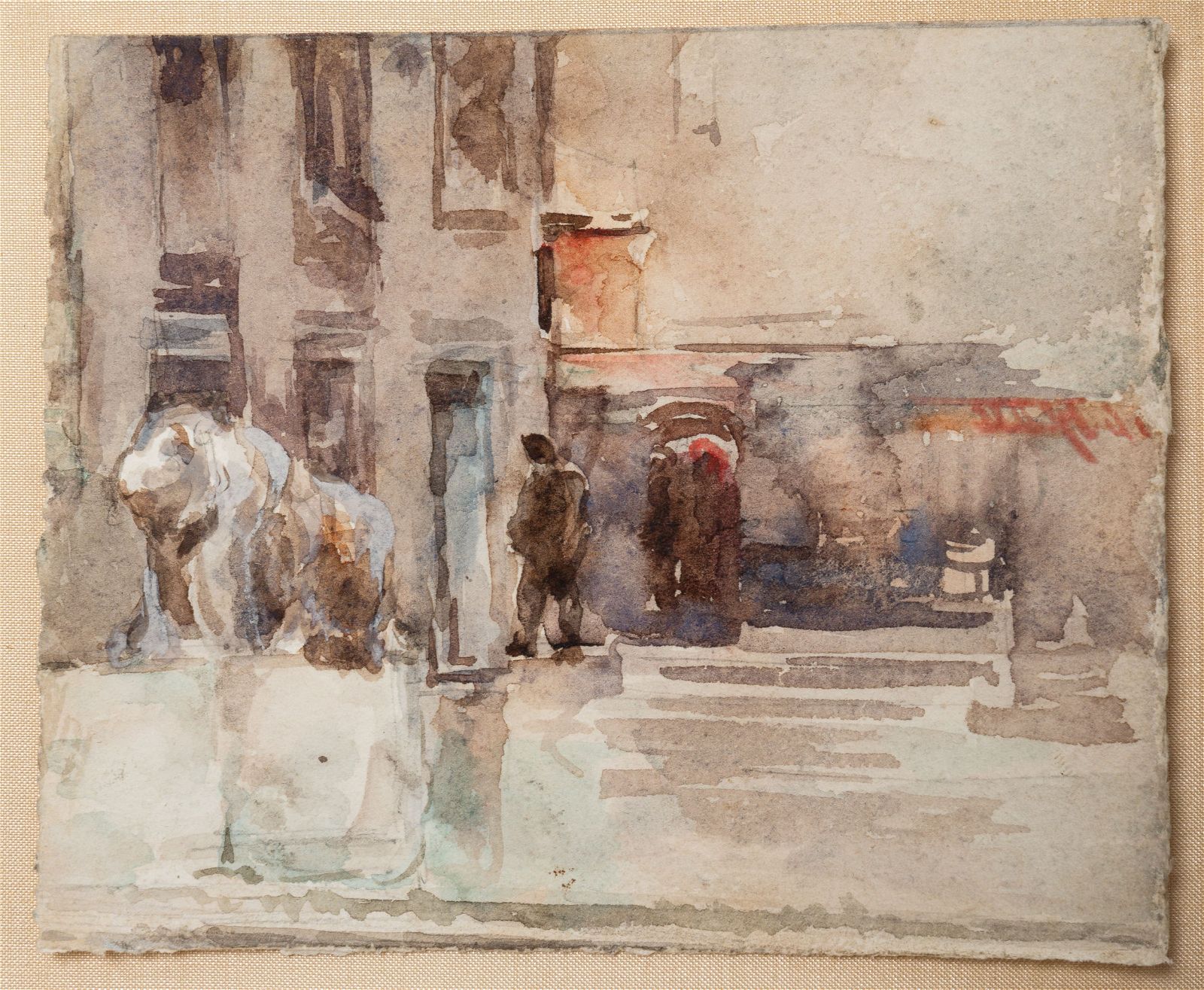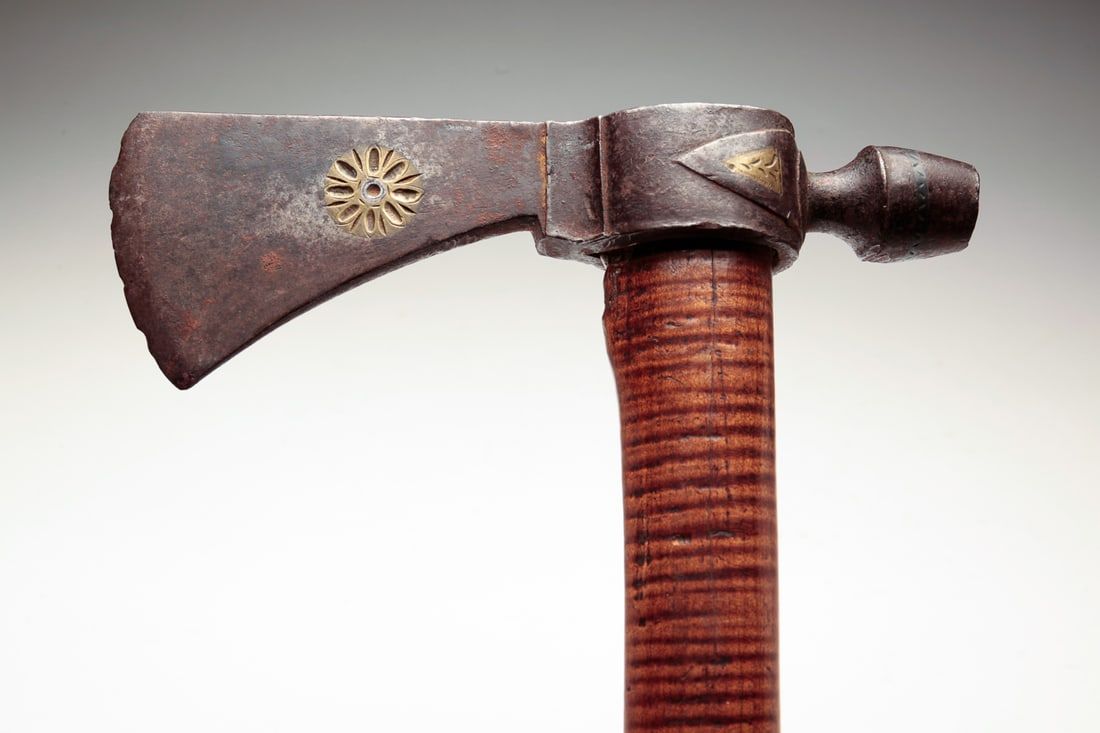DELAWARE, Ohio – An 18th-century Native American trade axe pipe linked to the great Shawnee chief and warrior Tecumseh (1768-1813) was the runaway performer when the collection of Ohio dealer and entrepreneur Bruce Knight was dispersed in the first days of 2024. The two-day sale was conducted January 5-6 in the old Garth’s auction barn under the banner of auctioneer and appraiser Amelia Jeffers.
Distinctive for its German silver and brass inlay and curly maple handle, this tomahawk pipe – an ingenious combination of weapon and smoking pipe used in trade and diplomatic agreements between the white settlers and the Native tribes – is thought to have been taken from Tecumseh during a council meeting in Springfield, Ohio on June 24, 1807. The episode is related in John Sugden’s 1998 biography Tecumseh, A Life.
Tecumseh, born at a time when the far-flung Shawnees were reuniting in their Ohio homeland, promoted resistance to the western expansion of the United States. On the basis of the notion that ‘your enemy’s enemy is your friend’, he died fighting for the British in The War of 1812 at the Battle of the Thames on October 5, 1813.
This was a piece of some personal significance to Bruce Knight. While a young man, he had bought it out of a home in Springfield and sold it at the time to dealer Clark Garrett. Evidently, he had regretted the deal, as he bought it back when local auctioneer Mike Clum conducted the celebrated Clark Garrett auction in Rushville, Ohio in June 2002. This time out it had an estimate of $2,500-$3,500, but hammered for $41,000 and sold for $51,250 with buyer’s premium.
Knight, a full-time antiques dealer as of the late 1960s, was the man who put Springfield, Ohio on the antiques map. He founded the Springfield Antique Show and Flea Market, which became one of the largest of its kind in the country, and he founded the Heart of Ohio Antique Center in Springfield, which is still America’s biggest.
Another of his prize possessions were two full-size cigar store Indians. Figures of all shapes and sizes lined cities throughout America until the 1890s, when ordinances required that they be placed inside the shops to avoid the obstruction of street traffic.
Standing 6ft 8in high on a canted base was a figure of a Native American woman in a dress, holding cigars, tobacco leaves and a signature rose. It is thought to have been made in the New York City shop of Samuel A. Robb between 1880 and 1890. In a newspaper advertisement dated 1881, Robb offered: ‘Show Figures and Carved Lettered Signs A Specialty, Tobacconist Signs in great variety, on hand and made to any design, Ship and Steamboat Carving, Eagles, Scroll Heads, block letters, Shoe, Dentist and Druggist Signs, etc.’
This example, in old painted decoration with the original colors occasionally showing underneath, had been purchased from Jane Murphy, a once well-known dealer who traded in Cincinnati as The Townhouse Antiques for more than 75 years. It hammered for $50,000 and sold for $62,500 with buyer’s premium against an estimate of $20,000-$35,000.
Most categories of American folk art were represented in the Knight collection. It included, for example, more than 20 pieces of early 19th-century English mocha ware. Several choice wares brought four-figure sums, with a 7in cider pitcher hammering for $6,250 ($7,812 with buyer’s premium), close to double the top estimate. The decoration included a central band of iron red with a slip trailed stylized tulip. Also popular was a simple child’s mug emblazoned with the name Ann to a deep tan band and a pitcher with bands of decoration including earthworm and cat’s eye. They took $2,300 ($2,875 with buyer’s premium) and $1,800 ($2,250 with buyer’s premium) respectively.
A selection of 19th-century British livestock oils featured two canvases by or attributed to the Worcestershire painter Richard Whitford (active 1854-1887). Both had been bought by Knight at auctions in the U.K. Based in the Cotswolds, the great sheep breeding area of England, many of Whitford’s pictures are of sheep. He seems to have traveled to the annual livestock shows all across the country, often painting the local gentry standing proudly beside their prize-winning animals.
Offered in the sale at $8,000-$12,000 and hammered for $14,000 ($17,500 with buyer’s premium) was a 2ft 1in by 2ft 6in depiction of three sheep in a pasture dated 1863 and titled 1st Prize & Silver Medal, London, Xmas, 1862. A slightly smaller portrait of a prize bull, unsigned but attributed to Whitford, hammered for $9,000 ($11,250 with buyer’s premium) against an estimate of $1,000-$1,500 despite some patched repairs. The composition showed the animal standing four-square near a lake with a sailboat in the background.











